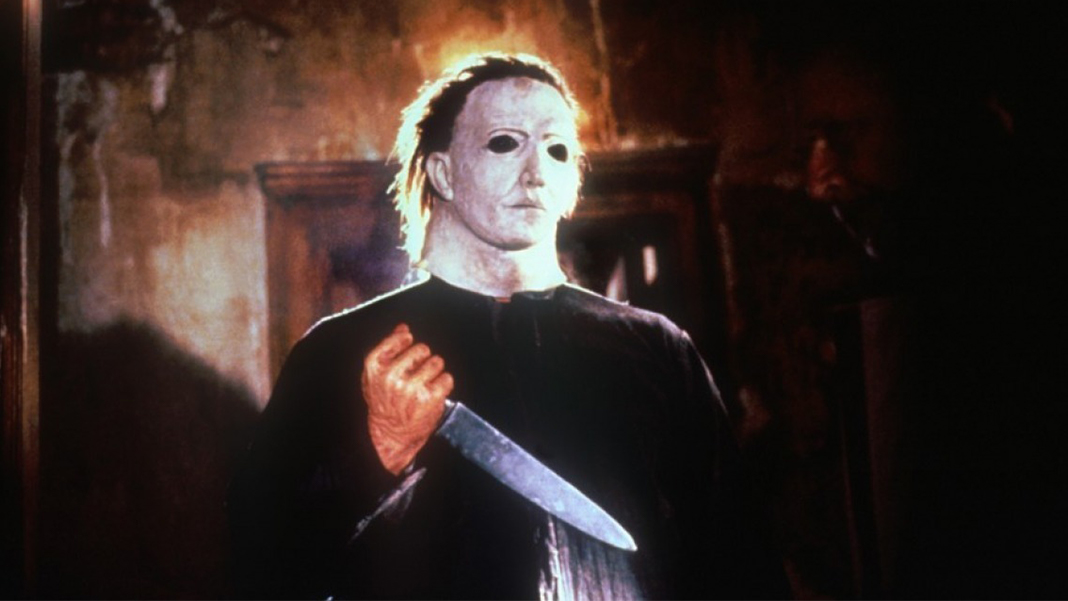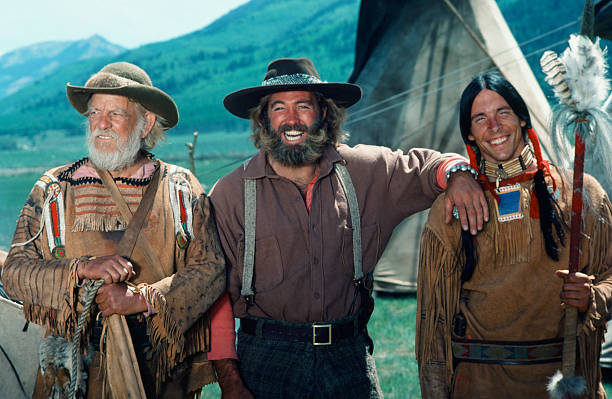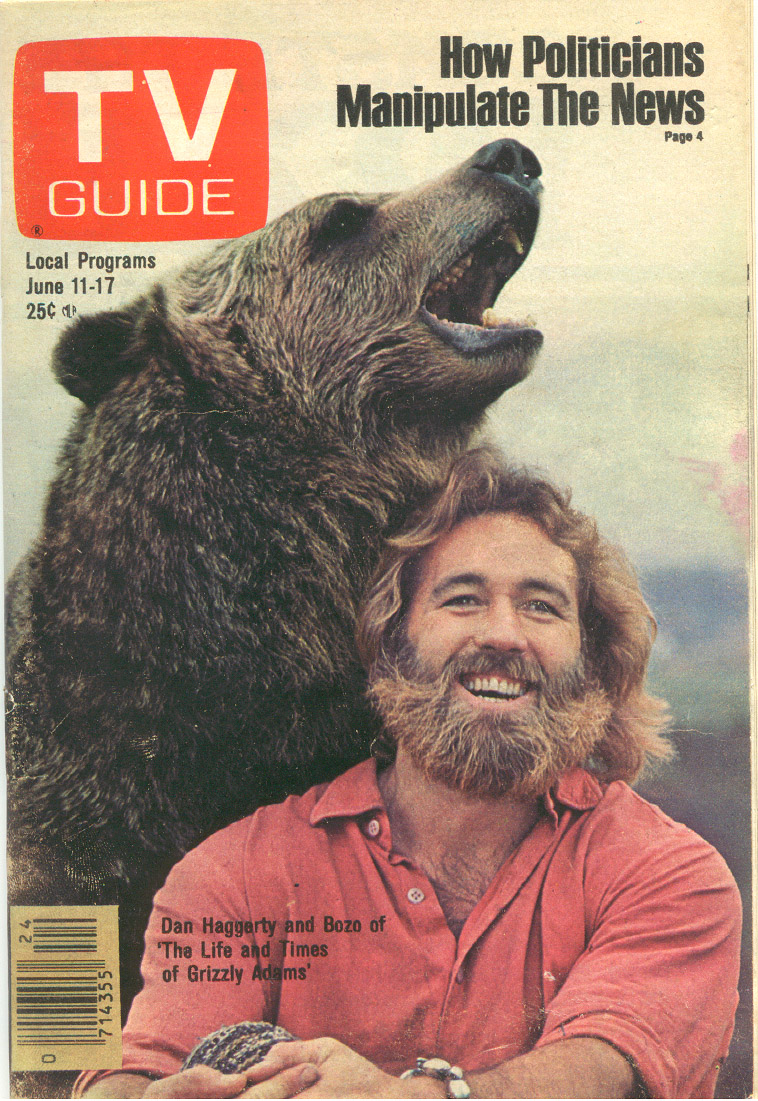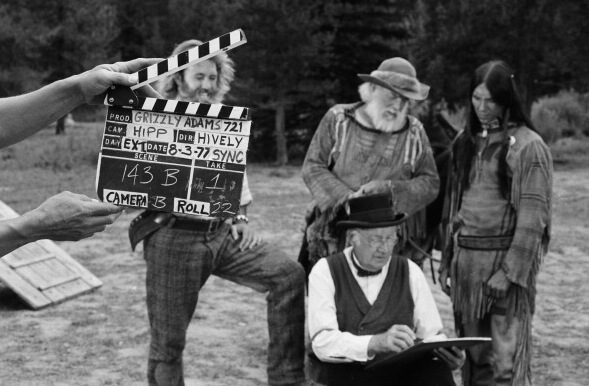
Love it or hate it, one thing which can’t be argued is the divergent path which 1989’s Halloween 5: The Revenge of Michael Myers took the franchise on. From the head-scratching introduction of the character of the Man in Black and the early beginnings of The Cult of Thorn mythos to a psychic connection between uncle and niece, this fifth film in the franchise (and the fourth which followed the iconic character of the babysitter-slashing Myers, who first found fame in originator John Carpenter’s seminal 1978 horror classic Halloween) was indeed a departure from its predecessors.
But what of the man who donned the infamous coveralls and mask for this fifth entry? Thirty years since its release, we caught up with stuntman and actor Don Shanks to discuss his experience working on the Dominique Othenin-Girard-directed film, and touched on topics ranging from the film’s alternate ‘Dr. Death’ opening and deleted scenes to working with young lead Danielle Harris, as well as his prolific career in the film and stunt industry, navigating Hollywood as a Native American, and a whole lot more.
Commencing with his role of Nakoma in the 1974 film The Life and Times of Grizzly Adams and kicking into high gear in 1977 in the hit television series of the same name, Shanks, now 69, recalls of landing the role of the young Crow brave (the first of many which paved his way to Myers) and of his entrance into the film industry, “I was twenty two at the time, and I was doing a play that required a lot of prosthetic makeup, and some people in the audience said that they’d really enjoyed my performance, as I was playing an old man.”
“About two months later I received a call from them that there was a movie in town that needed someone to work in prosthetic makeup,” he continued. “So I called the production, and they said, ‘We need a guy to be in makeup and wrestle a bear.’ And so I asked them, ‘Do you need any actors?’ They said, ‘Yeah, we are looking for an Indian in makeup and they’d have to wrestle a bear.’ And I told them, ‘Well, I’m part Indian and I’ll wrestle a bear.’ And that was my first film.”
Born February 26, 1950 in Piasa, Illinois, Shanks said of his childhood introduction to the world of cinema, “I grew up on a farm, and I’d watch these TV shows about the Old West and since I had a horse I learned to do all of the fancy mounts (the actors were doing on TV). And then when I was seven or eight, I saw a movie called The Crimson Pirate with Burt Lancaster, and since we had a barn I rigged it up like the mast of a pirate ship, and I would swing from it. I pretended to be a pirate, or a cowboy, or an Indian, and my Mom would say, ‘You’re going to break your neck doing that.’”
“I went on to make a living out of it,” Shanks chuckled, “starting with The Life and Times of Grizzly Adams.”

An initially storied production (as Shanks recalls, under financier/producer and Shick Electric mogul Patrick Frawley the film initially wasn’t completed), producer Charles E. Sellier, Jr. was brought on board with assistant cameraman Dick Freidenberg in order to save it (the latter was eventually bumped up to director). The resulting film was the seventh highest grossing release of 1974, earning $65 million worldwide off of a $140,000 budget.
“It’s still in the top five or ten highest grossing independent films of all time,” stated Shanks of The Life and Times of Grizzly Adams, which stars, as does the later network series iteration, the now deceased actor Dan Haggerty in the titular role. “And my role of Nakoma in that film led into an expanded role in the television series.”
Revolving around the character of woodsman Adams, an innocent fugitive from the law who lives in the wilderness and who helps passers-by in the forest with the help of his grizzly bear companion, the 1977-1978 period NBC series was comprised of thirty seven episodes, with Shanks appearing in thirty-six of them. And at the time, he was one of the few Native Americans working in the industry.
“It was starting to go into that trend,” said Shanks of Hollywood’s penchant for then casting Caucasion actors in roles written as Native American, as evidenced in such films as 1950’s Winchester ’73 (which featured Rock Hudson in feathered pigtails and face paint) and in 1953’s The Searchers (which featured actor Henry Brandon in the same). Television too wasn’t without its offenses: the popular 1970-1971 ‘Crying Indian’ commercials (which featured the weeping Iron Eyes Cody, in reality actor Espera DeCorti, whose descent was Italian and decidedly not Cherokee and Cree as he had claimed) similarly cast loose and fast.
“I have my family history, you know, to trace back,” mused Shanks, who is of Cherokee and Illini descent, “and if you were going to say you were Indian you had to have some proof. A lot of the Native Americans at that time weren’t educated. And so (one of the few actual Native Americans to) play many of those parts was Mohawk actor Jay Silverheels, who famously portrayed Tonto in the 1950’s The Lone Ranger television series. When he started out he did extra work, and they told him that if he could learn to read he could play speaking parts. So he learned to read through comic books. I mean, this is what I’ve heard. And so from that time on he started educating himself and trying to help other Native Americans.”
“Years ago they were going to do a remake of The Lone Ranger,” Shanks continued of the actor, and of the 1981 William A. Fraker-directed feature The Legend of the Lone Ranger, “and I was up for the part of Tonto. The only reason I wanted to play it was because Silverheels was going to play my (character’s) father. And I wanted to be in it because I really respected him.” (Writer’s note: Silverheels passed away on March 5, 1980 in Los Angeles, CA, and neither he or Shanks would appear in the film).
As for the impact his authentic portrayal of Nakoma in The Life and Times of Grizzly Adams had, Shanks offered, “A guy I knew once told me a story. He’d said that while his Native American cousin was dying of cancer that he’d told him he knew me, and that his cousin had replied, ‘Can you tell Don how much I thought of him in that role, because Nakoma didn’t take shit from anyone, and because he spoke in (correct) Indian dialect? When I watched that show as a kid, I’d pretend to be Nakoma.”

Regarding this, Shanks said of his determination to accurately portray the character, “At the time (the producers) didn’t understand why I wanted to speak in an Indian dialect, and it was also difficult because there’s a masculine and feminine gender in that language. That, and the Indian language had changed after the 1860’s, and the show was set in the 1850’s. So I had to find a way to translate the script into the right period dialect. So I found a lady up in Montana who would translate it from English to Indian, and then she’d send it down to me, and I’d have a man I knew translate her translation into the masculine Indian dialect. So, I tried to portray him as authentically as I could. It was that important to me.”
Shank’s portrayal helped rocket the NBC show to popularity with an impressive 32% market share during its run, although it would be a few years until Shanks and cast realized just how deeply the series had resonated with viewers.
“We had so many fan letters that we never got,” recalled Shanks. “Dan (Hagerty) was over at NBC one time, after the show had been over for I don’t know how long, and this lady there goes, ‘You want your fan mail?’ And he goes, ‘You have fan mail?’ She says, ‘Yeah. Have you got a truck?’ He goes, ‘Yeah, I got a pick up.’ She says, ‘No, do you have an actual truck?’ There were eight million fan mails that we didn’t get.”
Expounding, “I was working for scale and Dan was working for maybe $2,500 a week,” Shanks recalled, “and the producers on the show didn’t want us to really know how popular it was, because they didn’t want us to ask for more money. And they were running a scam too. The episodes were budgeted at $700,000 each, but they were shooting them for like $150,000 to $200,000 an episode and pocketing the difference. And there was also $139 million dollars of merchandising that we never received.”

Above. a 1978 merchandising tie-in: articulated Grizzly Adams dolls from Mattel.
“But you know what, we were having a good time (during production),” said Shanks of his then ignorance to the goings-on. “All the cast did was go out and make people happy (with the show) and have a good time, and I was just out of college and (even at scale) it was the most money I’ve ever made.”
Airing at a time when environmentalism had begun to flourish, much of The Life and Times of Grizzly Adams was shot on location in the mountains of Utah, Arizona and New Mexico, and contained several animal actors, one of which was the female grizzly Bozo, who portrayed the series’ Ben the Bear. Given this, the rugged locations and often rugged narrative, Shanks at times found more than just alleged shady dealings and the perfection of his character’s dialect to be of challenge.

“Dan once cut off two of my fingers when we were doing a scene,” Shanks laughed of an incident on the set of the 1977 Grizzly Adams episode ‘The Search.’ “(Rawhide actor) Paul Brinegar played a trapper in it, and (cast member) Denver Pyle gets caught in a net and Dan and I are cutting him out (of it), and Dan cut off two of my fingers with his knife. It was my first index finger at the first knuckle and the middle finger at the second joint.”
His response to this rather harrowing accident?
“I went and had them sewn back on and I went back to work,” said Shanks. “I’ve never missed a day of work. I’ve had my back broken before and I came back to work.”
Of that accident, “(Years later) I was doing a picture in Atlanta that required a high fall,” Shanks recalled, “and the production had ordered a bag that was too big for what I was doing. Long story short, it bounced me out of it and I landed on my face and my heels hit me in the back of the head.”
When asked if he took time off from the mishap (which resulted in compression fractures to his second, third and fifth vertebrae) in order to heal, Shanks replied, “Never did. Never have. You’re gonna’ have to kill me to get me off the set.”
In our upcoming Part 2, Shanks talks re-teaming with Sellier for the 1984 Christmas slasher Silent Night, Deadly Night and dives into the production of Halloween 5: The Revenge of Michael Myers, those infamous alternate scenes, Donald Pleasence’s hearty swing, and a whole lot more.